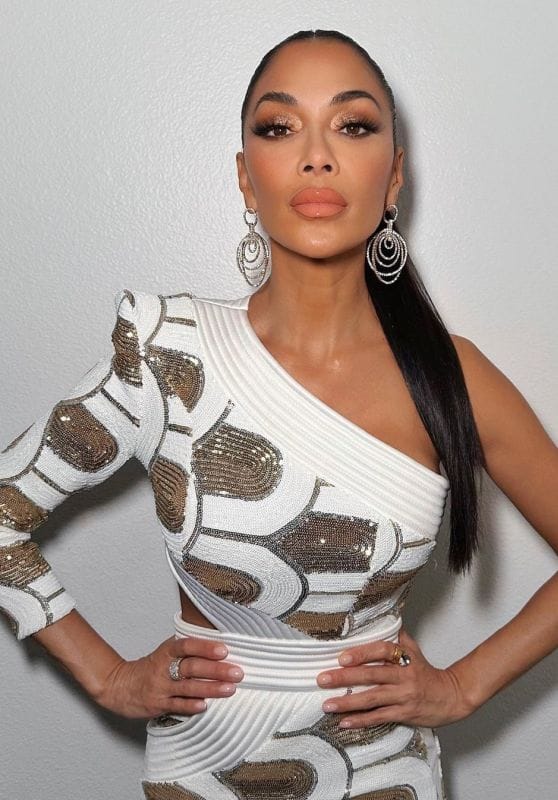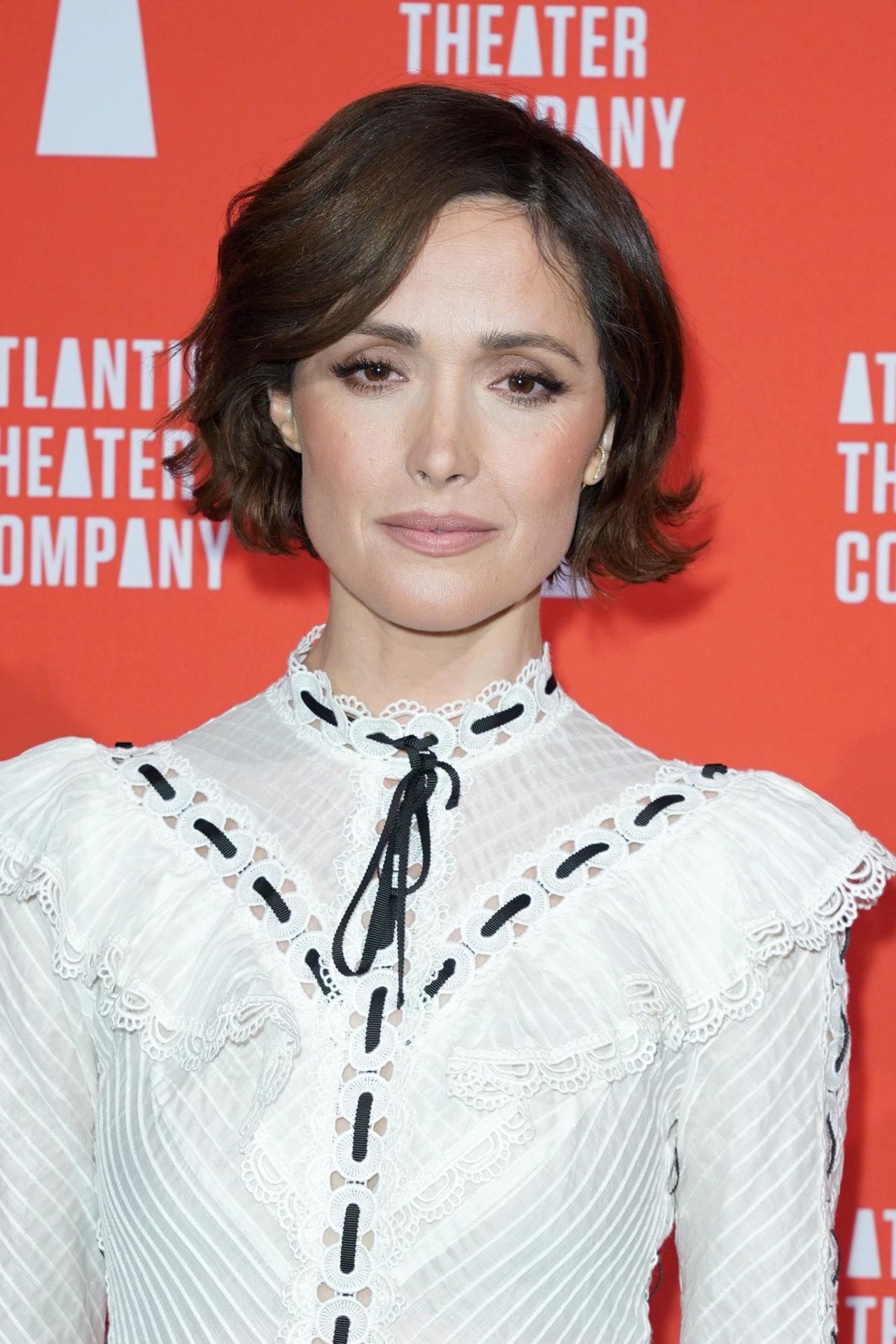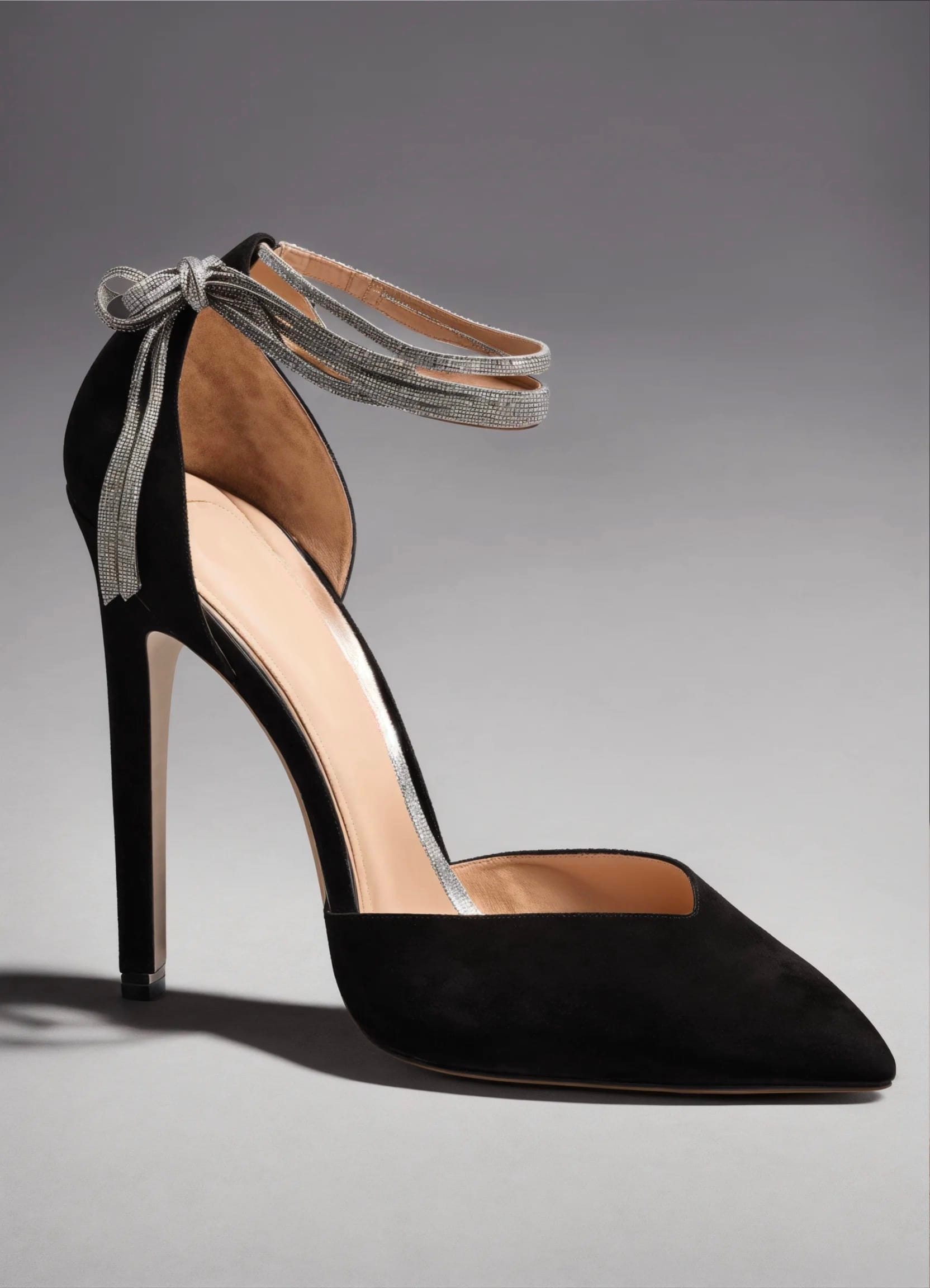❄️ Winter Color Analysis
In this article, we will focus specifically on color analysis for the winter season, which is characterized by cool undertones, often dark hair, and fair skin.
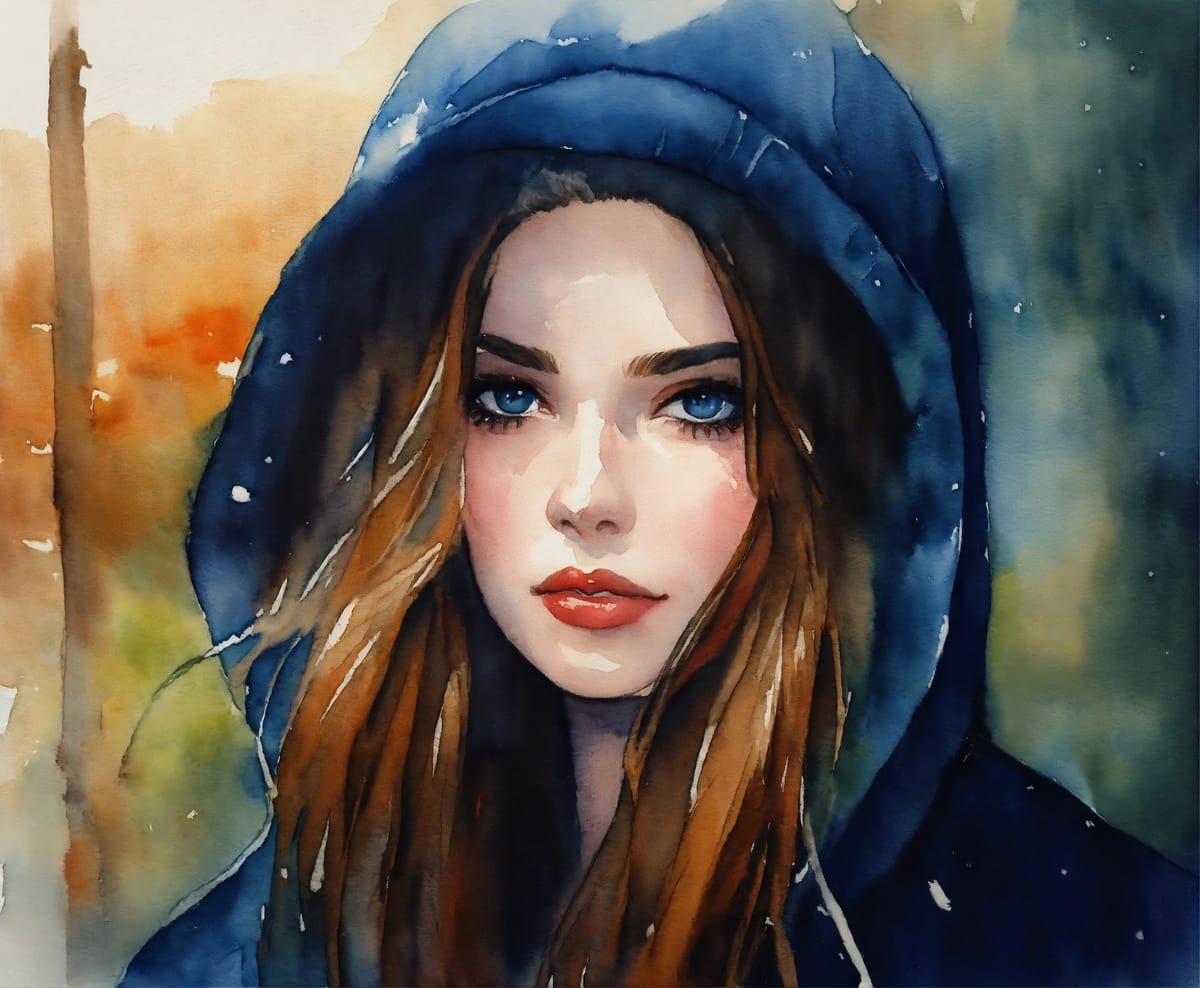
Why do you need Seasonal Color Analysis?
Seasonal Color Analysis is a system that categorizes individuals into different color seasons based on their unique coloring, including skin tone, hair color, and eye color. By understanding your color season, you identify and wear the most flattering colors that enhance your natural features. The four main color seasons are Spring, Summer, Autumn, and Winter, each having a distinct palette of colors that suit them best. Winter palettes typically include icy hues, deep and saturated colors, and bright and vivid shades like royal blue and emerald green. By identifying your color season and understanding the color choices that best complement your natural coloring, you can confidently dress in hues that enhance your overall appearance and create a harmonious and stylish look!
Does the Winter Color Palette flatter me?
A Winter Color Palette is a carefully curated collection of colors representing the Winter season. Known for its drama and elegance, the Winter palette features pure pigments in darker values with pale icy colors for contrast.
Unlike the other color palettes, Winter types don't favor the soft, muted shades, or warm Earth tones. Instead, your palette is characterized by bold, vibrant colors that reflect the coolness and intensity of the Winter season.
One of the most important colors in the Winter palette is black. It serves as a foundational color and adds a touch of sophistication to any outfit. Wearing black in various textures and fabrics can create a striking and powerful look for someone who falls under the Winter color palette.
Overall, the Winter Color Palette highlights the beauty of pure, intense pigments in darker values, while incorporating pale icy colors for contrast. It offers many possibilities for choosing flattering cool winter colors that complement an individual's natural coloring. Embracing the Winter palette allows you to exude confidence and showcase your unique style.
There are three subcategories for Winter in the 12 Color Season System: A bright season, a true season, and a dark or deep season. So in this case Bright Winter, True Winter, and Deep or Dark Winter. Bright & Deep Winters lean towards warmer colors, but Bright Winter leans towards Spring and lighter colors, whilst Deep Winter leans more towards Autumn and darker colors.
There are two cool seasons: Summer and Winter. So if you are sure that cool colors suit you better than warm colors but are unsure about the other factors, check out the article about the ☀️ Summer Season.

Skin Tone
When it comes to color analysis, skin tone is a crucial factor in determining the most flattering colors for an individual. For those with a Winter skin tone, characterized by cool undertones, often pale skin, and a fair complexion, certain colors can enhance their natural coloring and make them truly shine. Winter palettes typically consist of bold, jewel-toned shades that beautifully contrast with the coolness of the skin. While soft, warm Earth tones may not be the most flattering for Winters, they can still experiment with vibrant, deep shades. From icy blues to dark greens and royal purples, Winter skin tones can rock these colors confidently. Additionally, darker, cooler shades like deep grey and black can serve as fantastic neutrals, adding sophistication and elegance to any outfit. Whether finding the perfect shade of lipstick or choosing the right clothing colors, understanding the impact of skin tone on color analysis is key for anyone to embrace and enhance their natural radiance.
Identifying Your Skin Tone
Understanding your skin tone is the key to finding the most flattering colors for your complexion. There are various skin tones, ranging from fair to dark, and each has unique characteristics that can help determine your undertones.
To identify your skin tone, look at the veins on your wrist. You most likely have cool undertones, if your veins appear bluish or purple. Alternatively, you probably have warm undertones if your veins have a greenish tint. This is just a first guess, as there are exceptions to the rule. I for example have more greenish veins, because I have an olive skin tone. Nonetheless, I am mainly a Winter type.
Another way to determine your skin tone is by considering how your skin reacts to the sun. You likely have fair skin if you burn easily and struggle to achieve a tan. On the other hand, if you tan easily and rarely experience sunburns, you probably have a darker complexion.
It's important to note that skin tone is distinct from undertones. Fair skin can have cool or warm undertones. The same goes for dark skin. Understanding your undertones is crucial, as it will guide you in choosing the right colors that complement your complexion.
Cool undertones look great in jewel tones like emerald green or royal blue. They also work well with icy pinks and cool greys. Warm undertones are best enhanced by warm colors such as golden browns or lemon yellows.
By identifying your skin tone and understanding your undertones, you can determine the most flattering colors for your complexion, ensuring that you always look your best.

Cool vs. Warm Undertones
Cool and warm undertones are different aspects of a person's complexion that can greatly influence how colors appear on the skin.
Cool undertones are characterized by purple or blue veins and a tendency to burn easily in the sun. Colors that complement cool undertones include jewel tones like emerald green and royal blue, icy pinks, and cool greys. These colors can help bring out the natural radiance in cool-toned individuals and enhance their natural coloring.
On the other hand, warm undertones are identified by green veins and the ability to tan easily. Warm-toned individuals are often enhanced by warm colors such as golden browns and lemon yellows. These shades can bring out the warmth in the skin and create a natural glow.
Determining your skin tone is vital in understanding whether you have cool or warm undertones. Skin tone refers to the overall color of your skin, ranging from fair to dark. It's important to note that skin tone and undertones are different concepts. Fair skin can have cool or warm undertones, just like dark skin. Recognizing your undertones helps you select colors that will flatter your complexion, making your skin appear vibrant and inviting.
Hair Color
When trying to find the perfect color palette for your cool skin tone, it is important to consider your hair color. Matching clothing colors to your skin tone and hair color can create a harmonious and balanced look. For example, dark-toned hair like brown or black hair can pair well with deep and rich colors, while fair-skinned individuals with lighter or blonde hair can rock light colors to accentuate their features.
By understanding your undertones and considering your skin tone and hair color, you can find the colors that will flatter and enhance your natural beauty.
Hair Shades for Winters
Winter coloring is characterized by cool undertones and typically includes individuals with dark hair. When it comes to hair shades, winters tend to look most harmonious with their natural hair color. This means darker shades ranging from medium cool brown to black are the most flattering for this color season. Embracing their cool, darker hair enhances their overall appearance and complements their natural coloring.
In addition to their natural hair color, winters can experiment with cool shades to enhance their winter palettes. Cool dark ash brown is a great option for those who want to add depth to their hair color while maintaining a cool tone. Natural black is another flattering and classic choice, making a strong statement against fair winter skin.

For those who want to venture into lighter shades, dark cherry can add a touch of warmth and drama to their look. As for cool-toned blondes, choosing cool shades with ash undertones can give a striking contrast to their fair complexion and pink undertones.
On the other hand, warm hair colors like caramel or strawberry blonde should be avoided as they can clash with your cool colors.
When it comes to hair shades for Winters, the key is to stick to cool, dark colors that complement your skin tone and natural coloring. By embracing your natural hair color and dark features, and experimenting with these cool shades, individuals with winter coloring can find the most flattering hair colors to enhance their overall appearance.
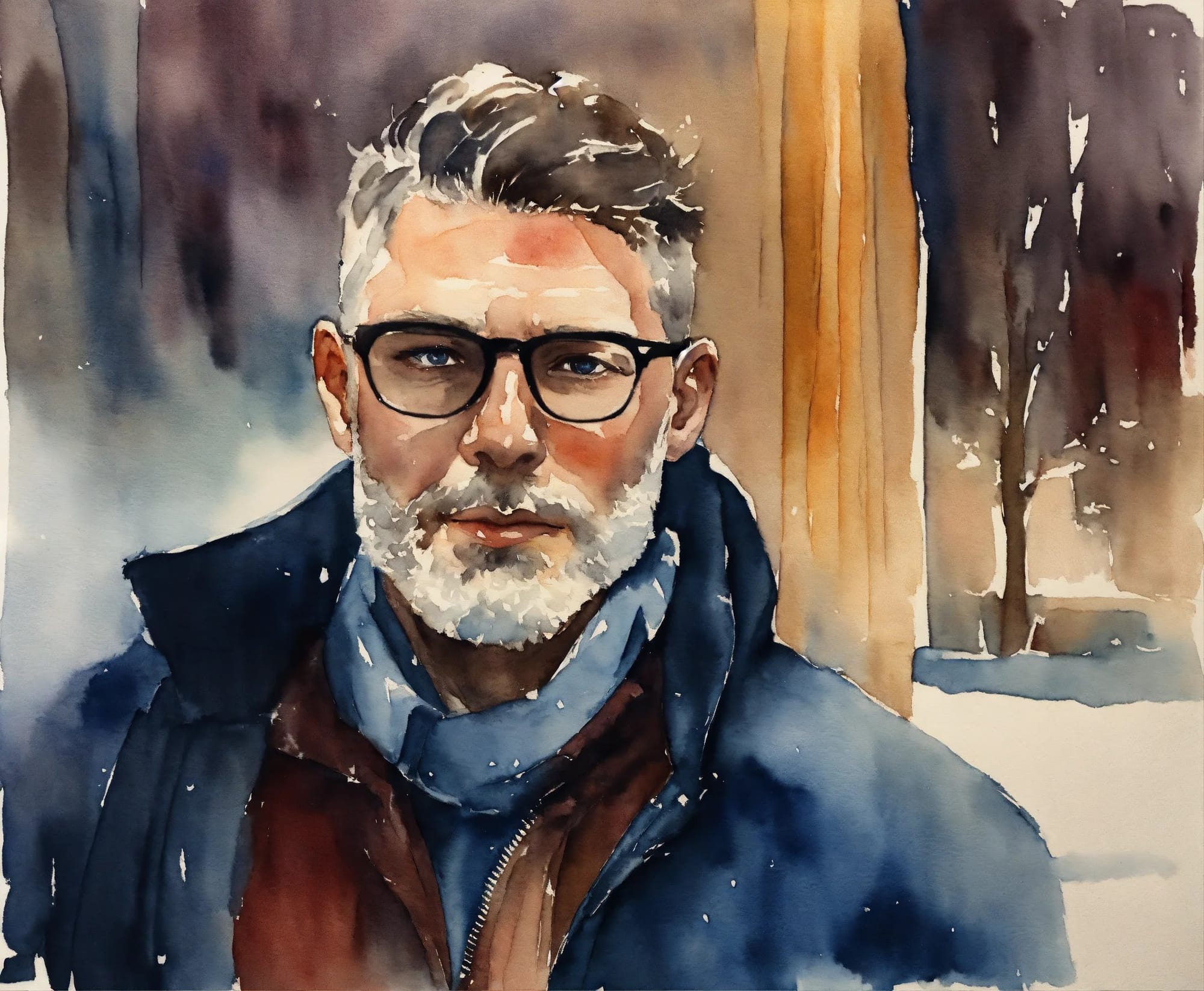
Eyes
When determining which colors will flatter your eyes as a Winter type, it's important to consider your eye color and how it interacts with your natural coloring. As winters often have intense and striking eye colors, such as deep blue, icy gray, or even bright green, it's important to choose colors that enhance and complement the natural beauty of your eyes. Shades like royal purple, dark plum, and blue-green can bring out the depth and intensity of your eye color, making them truly stand out. Cool tones, especially those with blue undertones, will work harmoniously with your natural coloring, creating a captivating and eye-catching look.
Common Eye Colors for Winters
Winter is known for its cool undertones and flattering colors complementing its natural coloring. While blue and icy hazel eyes are frequently associated with True Winters, it is worth noting that dark cool brown eyes can also be a possibility. These rich brown eyes add depth and intensity to the winter color palette, offering a striking contrast to the cool undertones.

Makeup Tips for Enhancing Your Eyes
Winter women have a unique and captivating beauty, highlighted by their striking eye color and cool undertones. To enhance their eyes and make them truly stand out, it's important to choose the right makeup shades and techniques. Here are some expert tips to help Winter women achieve a mesmerizing look.
When it comes to eye makeup, dark neutrals are the way to go. Shades like charcoal, eggplant, forest, and espresso work exceptionally well for Winter types' eyes. These rich and deep colors create a stunning contrast against the cool undertones, adding depth and intensity to the eyes.

To further enhance the dramatic allure of Winter types' eyes, bold and cool shades for the cheeks can bring out a radiant glow. Deep pink and rosewood are perfect choices to add a touch of color and vibrancy to the cheeks while maintaining a cool and sophisticated look.
While experimenting with various makeup colors is fun, Winter women should be mindful of avoiding warm tones for their lips. Shades like orange or caramel may clash with the cool undertones and diminish the desired effect. Instead, opt for lip colors that complement the Winter palette, such as rose, sangria, raspberry, mulberry, crimson, and deep red. These shades will emphasize the natural beauty of your lips and perfectly complement your eye makeup.
Lastly, when choosing eyeshadows, steer clear of pastel shades. These colors can easily wash out the depth and intensity of Winter types' eyes. Instead, embrace the boldness of the season and opt for dark and vibrant hues to make a statement.
These makeup tips tailored specifically for Winter women can enhance your eyes and radiate confidence with a look that beautifully complements your natural coloring.
Clothing Colors and Styles
For clothing colors and styles, Winter women have many options that perfectly complement their striking features and blue undertones. The key is to choose colors and styles that enhance your natural beauty and make a statement. Here are some expert tips on clothing colors and styles for Winter women.

Winter types are the only color season that can wear white and black with ease. Icy pastel colors contrast the usually strong shades like dark purple, hot pink, or midnight blue. Think more of intense colors or primary colors than of any blended shades. Cool-toned pastels can create a great contrast.
In a business setting for an office wardrobe, Winters can stick to neutral tones like dark grey, dark blue, or black to maintain a professional look. They can also try light neutrals like white, light grey, or light blue, while still maintaining professionalism, but should stay away from golden tones or warm medium browns. Anything camel or light brown, earthy or dusty colors do Winters no favor. They need intense accent colors like hot pinks, bright blues, deep greens, or deep purples.
The worst colors for Winters are any colors from a warm season. The classic colors would be gold jewelry and brown clothes. Also, any muted colors don't sit well with the cooler shades and bright colors of Winters. Winter colors are also darker shades and bright colors, so muted tones or earthy tones are usually a disharmonious palette.

Fabrics That Flatter Winters Best
When it comes to fabrics that flatter individuals with a winter color palette, certain options stand out. Winter color palettes typically look best in cool shades and dark tones, so fabrics with strong and bold colors are the way to go.

Fabrics like velvet, silk, and satin are excellent for your Winter Color Type. The luxurious and rich textures of these fabrics enhance the cool undertones of your skin, adding a touch of sophistication to your outfits. Additionally, the smooth and lustrous appearance of silk and satin complements your fair skin, creating a harmonious and elegant look.
Another fabric that flatters you is wool. Whether a cozy wool sweater or a tailored wool coat, this fabric adds depth and warmth to your cool skin undertones. The variety of textures and patterns available in wool fabrics also allows winters to experiment and express your style.

It's important to remember that Winters typically have fair skin with cool undertones. Fabrics in deep and rich jewel tones like deep blues, emerald greens, and burgundy can enhance your natural beauty, creating a flattering contrast against your skin tone.
In conclusion, Winters look their best in fabrics that showcase cool shades and dark tones. Fabrics like velvet, silk, satin, and wool not only enhance their cool undertones but also add a touch of luxury to their outfits. By incorporating these fabrics into their wardrobe, winters can exude confidence and style.
Winter Celebrity Inspiration
Nicole Scherzinger, Rose Byrne, Demi Lovato, Anne Hathaway, Liv Tyler, Viola Davis, Lucy Liu, Zooey Deschanel, Megan Fox, Angelina Jolie, Jamie Lee Curtis, Lauren Graham, Priyanka Chopra, Alexis Bledel, Jennifer Connelly, Lupita Nyong'o.

